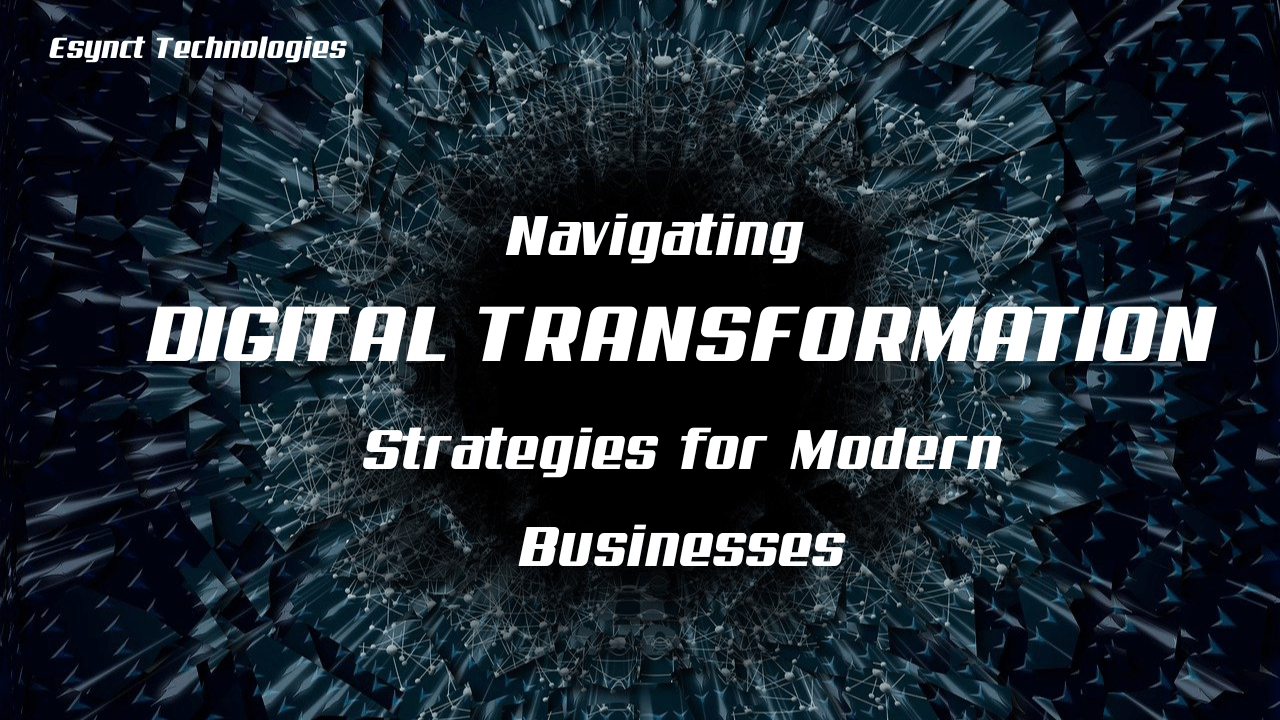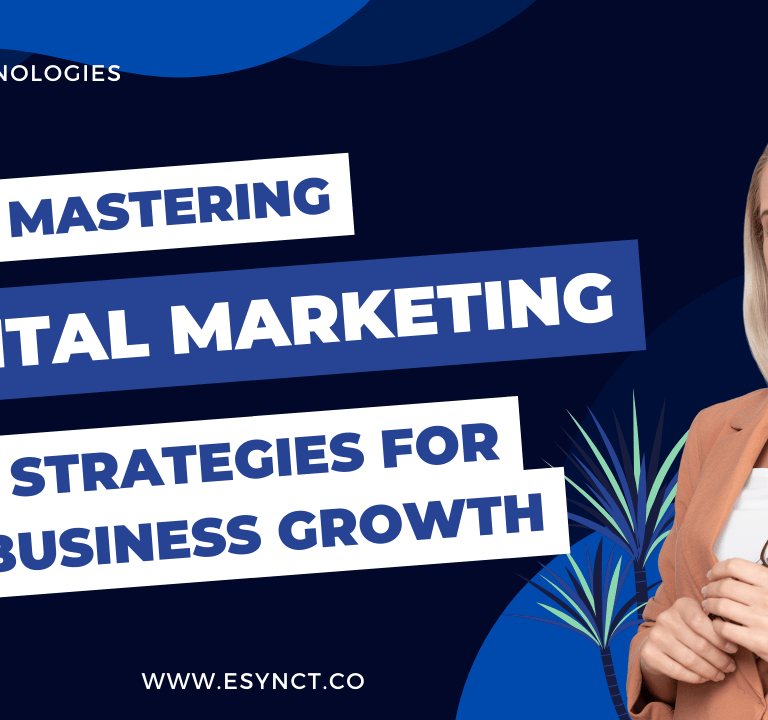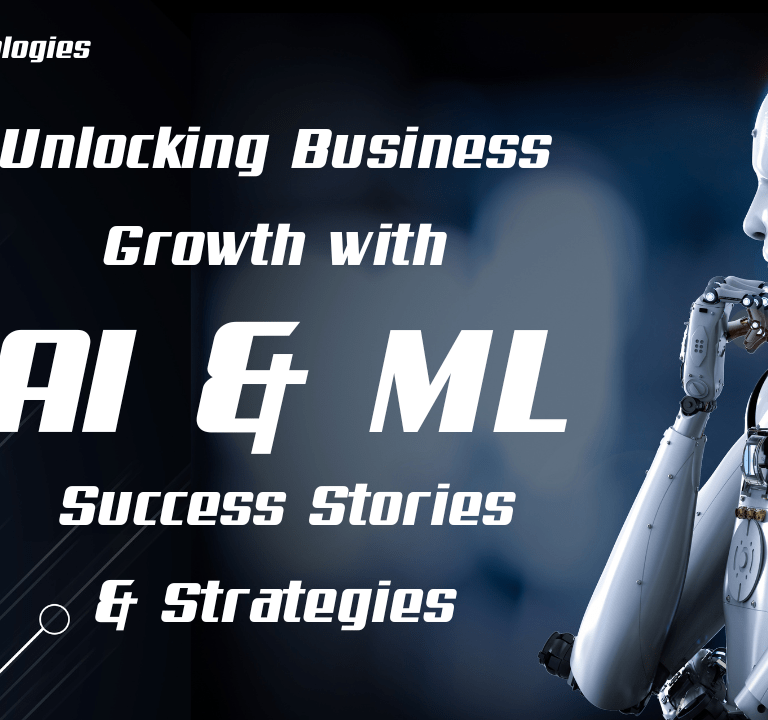Navigating Digital Transformation: Strategies for Modern Businesses
Navigating Digital Transformation: Strategies for Modern Businesses
In today’s rapidly evolving business landscape, digital transformation has become more than just a buzzword—it’s a critical imperative for businesses looking to thrive in the digital age. From embracing new technologies to optimizing processes and fostering a culture of innovation, navigating digital transformation requires careful planning and execution. In this blog post, we’ll explore actionable strategies and best practices for modern businesses embarking on their digital transformation journey.
Understanding Digital Transformation
Digital transformation is the integration of digital technologies into all aspects of business operations, fundamentally changing how businesses operate and deliver value to customers. It encompasses a wide range of initiatives, including adopting cloud computing, leveraging data analytics, implementing automation, and embracing emerging technologies like IoT and AI.
Key Components of Digital Transformation
- Embracing New Technologies: The adoption of emerging technologies is at the heart of digital transformation. Businesses must embrace technologies that drive innovation, enhance efficiency, and improve customer experiences. This may include transitioning to cloud-based solutions, implementing data-driven decision-making processes, and leveraging automation to streamline operations.
- Optimizing Processes: Digital transformation involves reimagining and optimizing business processes to increase agility, reduce costs, and improve outcomes. By digitizing and automating manual processes, businesses can eliminate inefficiencies, enhance productivity, and deliver better customer experiences.
- Cultural Change and Talent Development: Successful digital transformation requires more than just technology—it requires a cultural shift within the organization. Businesses must foster a culture of innovation, collaboration, and continuous learning to drive change effectively. This includes investing in employee training and development programs to upskill existing talent and attract new talent with digital expertise.
- Customer-Centric Approach: At the core of digital transformation is a focus on meeting customer needs and expectations. Businesses must adopt a customer-centric mindset, leveraging data and insights to personalize experiences, anticipate customer needs, and deliver value at every touchpoint. This may involve implementing customer relationship management (CRM) systems, developing omnichannel strategies, and leveraging analytics to gain deeper insights into customer behavior.
Expert Insights
According to industry experts, digital transformation is not just about technology—it’s about driving cultural change and empowering employees to embrace innovation and change. By fostering a culture of experimentation, collaboration, and continuous learning, businesses can navigate digital transformation successfully and thrive in the digital age.
Roadmap for Digital Transformation
To help businesses embark on their digital transformation journey, here’s a step-by-step roadmap:
- Assess Current State: Evaluate your current technology infrastructure, processes, and organizational culture to identify areas for improvement and opportunities for digital transformation.
- Set Clear Objectives: Define clear objectives and goals for your digital transformation initiative, aligning them with your overall business strategy and priorities.
- Develop a Strategic Plan: Develop a comprehensive strategic plan outlining the key initiatives, timelines, and resources required to achieve your digital transformation goals.
- Execute and Iterate: Execute your digital transformation plan in phases, continually monitoring progress, gathering feedback, and iterating on your strategies to drive continuous improvement.
Conclusion
In conclusion, digital transformation is no longer optional—it’s essential for businesses looking to thrive in today’s digital-first world. By embracing new technologies, optimizing processes, fostering a culture of innovation, and putting customers at the center of their strategies, modern businesses can navigate digital transformation successfully and unlock new opportunities for growth and success.
Ready to embark on your digital transformation journey? Contact Esynct Technologies today to learn how our comprehensive digital transformation solutions can help your business thrive in the digital age.







